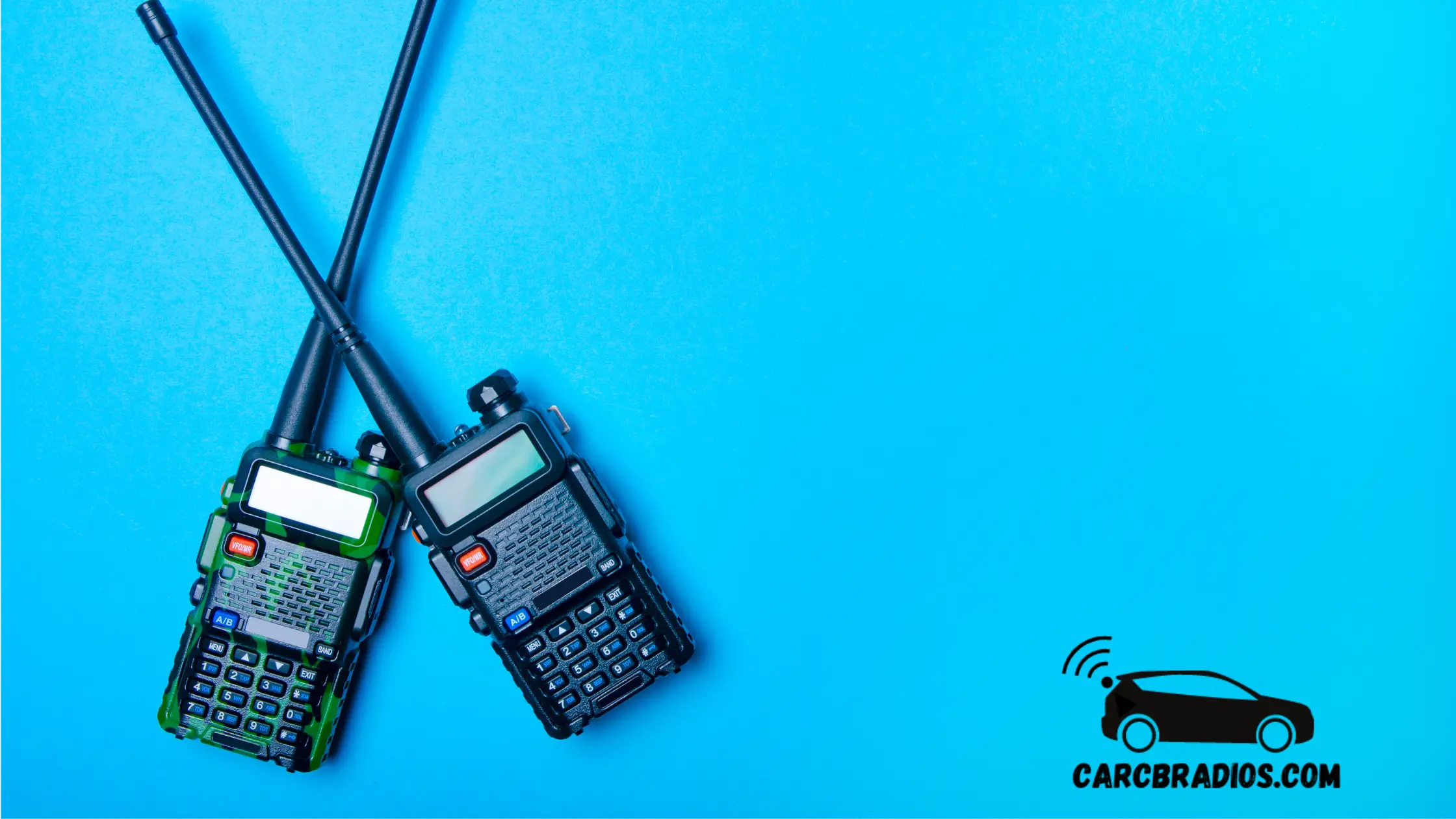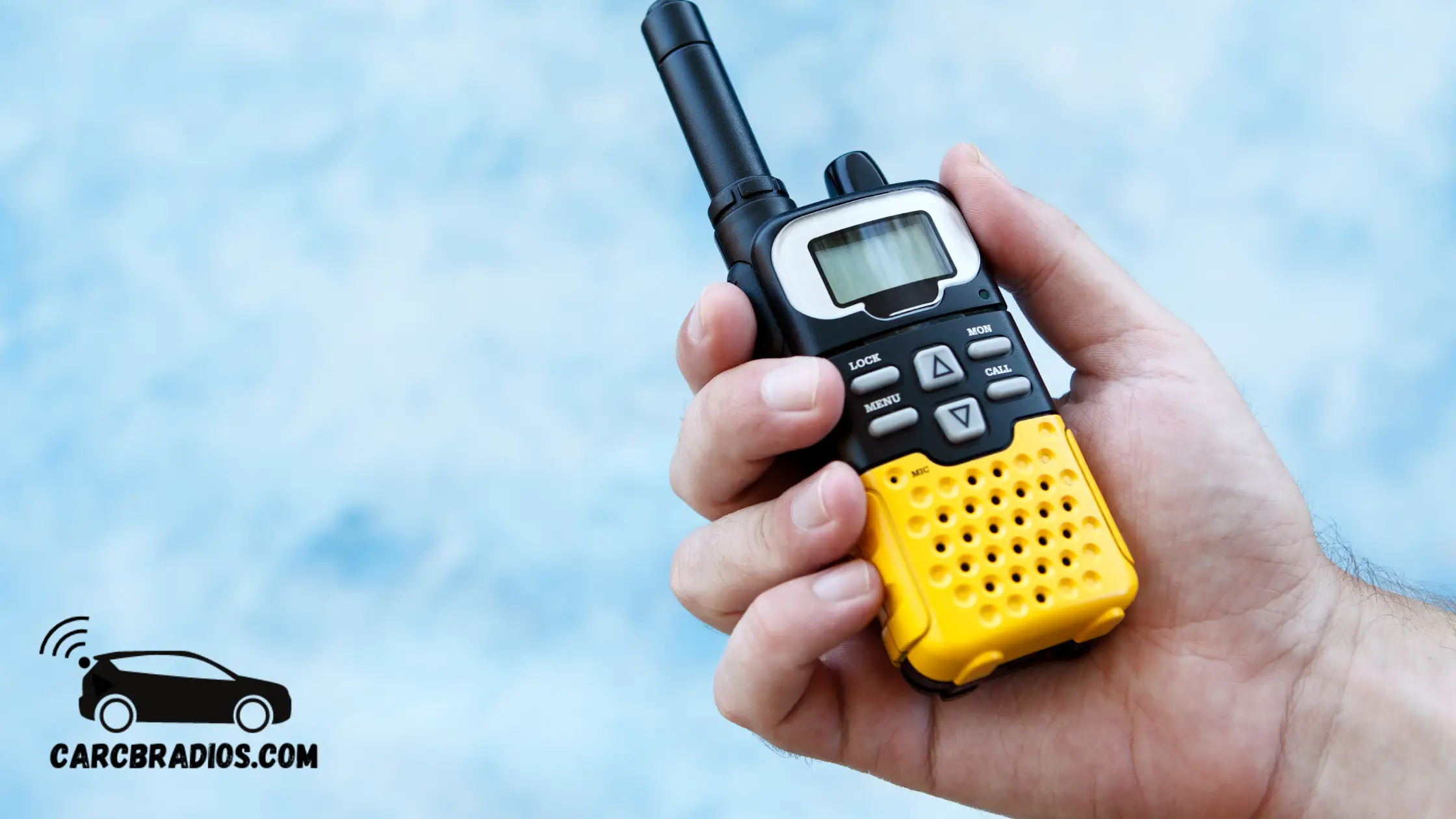By: Jeremy Neisser
Despite all the advances in technology over the past five years, walkie-talkies are still considered one of the most reliable communication tools. They are often used by security personnel, law enforcement, and first responders.
If you are new to using a walkie-talkie, this guide on basic etiquette will help you understand how to use them correctly and more efficiently.

Walkie Talkie Etiquette for Beginners - 11 Tips
Walkie talkies are a convenient way to communicate with others, especially in a group setting. Here are some general etiquette guidelines for using walkie talkies:
Use a clear and concise speaking style when using the walkie talkie. Avoid using slang or colloquialisms that may be difficult for others to understand.
Be mindful of your surroundings when using a walkie talkie. Try to find a quiet place to talk, away from loud noises or other distractions.
Keep your conversations brief and to the point. Avoid long-winded conversations that may be distracting to others.
Use the "push-to-talk" feature on your walkie talkie carefully. Don't hold down the button for too long, as this can cause static or interference on the channel.
Be respectful of others when using a walkie talkie. Avoid using offensive language or making rude comments.
Use the appropriate channel for your conversations. Don't use the emergency channel unless it's a true emergency.
Follow any specific rules or guidelines set by the person or organization in charge of the walkie talkie network.
You may like: How do Walkie Talkies Work
1. Be Sure to Practice Using Your Walkie Talkies
If you plan on using a walkie-talkie while traveling by bike, hiking, camping, or working, practicing using your walkie-talkie beforehand will ensure you are able to use it properly when the situation calls for it and can prevent embarrassing mistakes.
When using a walkie talkie, it is important to know how to use them correctly in the event of an emergency. By following the tips in this guide, you will be able to stay safe and sound.

2. Learn Walkie Talkie Lingo
Learning the specific words and phrases that are used when speaking to, greeting, and signing off with another party is essential when using walkie-talkies. By knowing basic lingo, users can communicate more effectively by speaking in code. This is because some words that are commonly spoken can sound garbled over the radio, causing those words to be misinterpreted.
Below, you’ll find some of the most common codes used and what they mean:
- Over - I’m done speaking
- Stand by - Wait
- Copy - This is usually used in a sentence in order to confirm that a message was understood or heard
- Wilco - I’ll follow instructions
- Roger - This means the message was understood
- Negative - No
- Out - This is said after a conversation is finished
3. Pause Before Speaking
Before you hit the press to talk button on the radio, it's always a good idea to pause for a couple of seconds and think about what you're going to say. This way, your first few words won't get cut off, preventing the need to repeat yourself.
You May Like: Best Long-Range Walkie Talkies That Are Actually Worth Buying
4. Always Identify Yourself
A two-way radio doesn't come with a caller ID and can be used or picked up by anyone. Because of this, it's always polite to identify who you are before you begin a conversation. You'll also need to address the person you're speaking to before stating your name.
You may like: Midland vs Cobra walkie-talkie
5. Keep It Short
Don’t treat your walkie-talkie like a cell phone. These devices aren’t meant for long conversations with friends to catch up after a long day.
If you need to speak for a long time, use the word break after each sentence so that the other person can talk. Then release the button when you're finished.
When you're speaking on a walkie-talkie, it's always polite to keep your conversations short. You don't want to monopolize the conversation and prevent the other person from talking. If you need to speak for a long time, use the word break after each sentence so that the other person can talk. Then release the button when you're finished.
6. Memorize the NATO Alphabet
When communicating over a walkie-talkie, it is important to use the NATO alphabet so that confusion is minimized. Each letter in this system corresponds with a word, which makes pronunciation easier.
What is the NATO Alphabet?
A: Alpha B: Bravo C: Charlie
D: Delta E: Echo F: Foxtrot
G: Golf H: Hotel I: India
J: Juliet K: Kilo L: Lima
M: Mike N: November O: Oscar
P: Papa
Q: Quebec R: Romeo S: Sierra
T : Tiger U : Uniform V : Victor
W : Whiskey X : X-Ray
Y : Yankee Z : Zulu

7. Speak Slowly & Clearly
If your walkie-talkie connection is poor or you’re in a noisy environment, it can be difficult to communicate. Regardless of where you are using a walkie talkie, avoid speaking too quickly.
If there is a lot of noise or your connection sounds slightly distorted, when you speak too rapidly it can be almost impossible to understand what you are saying.
Try to speak in your normal tone of voice.
Make sure the radio's mic is close to your mouth so that your voice will not be too loud for the other walkie talkie users.
Before using a walkie-talkie for the first time, always think carefully about what you are going to say. Following the rules will help ensure that your message is understood.
If possible, try to memorize the location and call signs of the people you communicate with regularly.
When you are using a walkie-talkie, always be aware of your surroundings. If you are in a car or on foot, keep the radio close to your mouth and try to stay within range of the other walkie-talkie users.
When walking with friends or family, it is important to be aware of their location and not talk too loudly so that everyone can hear.
8. Don’t Interrupt Others
When you are using a walkie talkie, it is important to be aware of your surroundings. If someone is talking, it is polite to wait until they have finished before you start talking.
If you need to interrupt someone, try to do so in a way that does not disrupt the conversation. For example, say “excuse me” or “I’m sorry” before speaking.
When you are finished using the walkie-talkie, be sure to turn it off. This will help prevent others from accidentally hearing your conversation.
You may like: Best Walkie Talkies for Kids
9. Always Assume Someone Listening
When using a walkie talkie, it's important to always assume that other people are within hearing range and can pick up what you're saying.
It's also important to remember that other people not in your party are able to pick up your walkie talkie's frequency.
Unless your radios have the proper type of encryption, make sure you avoid transmitting any sensitive information when you're communicating on your walkie talkie.
Walkie talkie etiquette is important for beginners to understand in order to keep their conversations private and avoid disrupting others.
It's also important to be aware of the frequencies other walkie-talkie users are using, and not transmit any sensitive information.
10. Use English
When it comes to two-way radio use, English is the language of choice for international communication. In some cases, your colleagues may be licensed to speak on their radios in another language.
However, you should always speak using English unless otherwise directed by your supervisor.
Walkie-talkie etiquette is important for beginners to understand in order to keep their conversations private and avoid disrupting others.
It's also important to be aware of the frequencies other walkie-talkie users are using, and not transmit any sensitive information.
11. Check Your Equipment Often
Walkie talkies are a great way to stay in touch with friends and family, but it’s important to make sure that your equipment is working properly and that you’re within range of the other people using walkie talkies.
Regularly check your battery, antenna, and transmitter to ensure that they’re in good condition.
If you’re intending to use your walkie talkies while on your trip, it’s a good idea to practice with them well in advance and always bring an extra handset along if one of the models in your group stops working.
Final Thoughts
It can take some time to get used to proper walkie talkie etiquette, but once you do, you'll feel more confident using your device to communicate.
You'll be able to conduct yourself more professionally at work and never be afraid to ask your colleagues or supervisor for help if you're having trouble understanding the lingo or how to use the walkie talkie correctly.
You may like:

Hi & Welcome!
My name is Jeremy and I have been an avid car nut for many year. My first car was an 1987 Honda CRX. I put in my first Kenwood stereo, amp, 2 10" JLs and a CB Radio in it and have been an avid user of CBs and car radios for years. I'll do my best to share my tips, information and thoughts to help you with whatever question you might have, ABOUT ME
After I graduated from High School, I worked 5 years are Radio Shack and 3 years at Circuit City answering questions and helping customers with various electronics questions.

